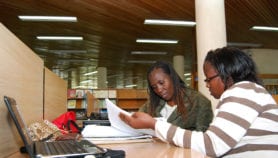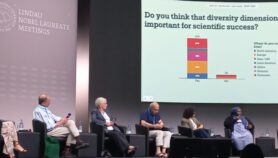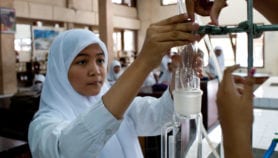Send to a friend
The details you provide on this page will not be used to send unsolicited email, and will not be sold to a 3rd party. See privacy policy.
Involving local people in the design of development policies and technologies will help them become "the everyday inventors of their own solutions", argues José Gómez-Márquez.
Technology designers tasked with finding solutions for the developing world focus mostly on cost and adaptability to local environments, he says. But encouraging co-creation in the design process empowers local people to become collaborators — not just end users.
Not all designs will make an effective invention, so empirical evaluation is critical, says Gómez-Márquez. And this needs to take into account the economic behaviour of users.
Local innovators should be educated to use research into the impact of their designs as a key part of the process, he says.
And the field of behavioural economics — the study of how people make economic decisions — can provide insights into how best to speed up the diffusion of locally-designed innovations.
He cites the example of healthcare personnel choosing to not share information about medical education they received if they had to pay for Internet access.
Evaluating innovations using behavioural economics can also guide the development of tools that directly induce behaviour change, says Gómez-Márquez.
In Nicaragua, compliance with medication for tuberculosis was higher among patients given free mobile-phone minutes and chemical diagnostics. These proved to be more effective incentives than microfinance in an early evaluation.
Gómez-Márquez argues that although designers may not want to relinquish control and work with non-professionals, collaboration will allow local users to come up with novel and innovative development strategies.
More on Capacity building

Script media release
Journalists offered ‘big break’ mentoring opportunity from Radio Nigeria
03/04/19












